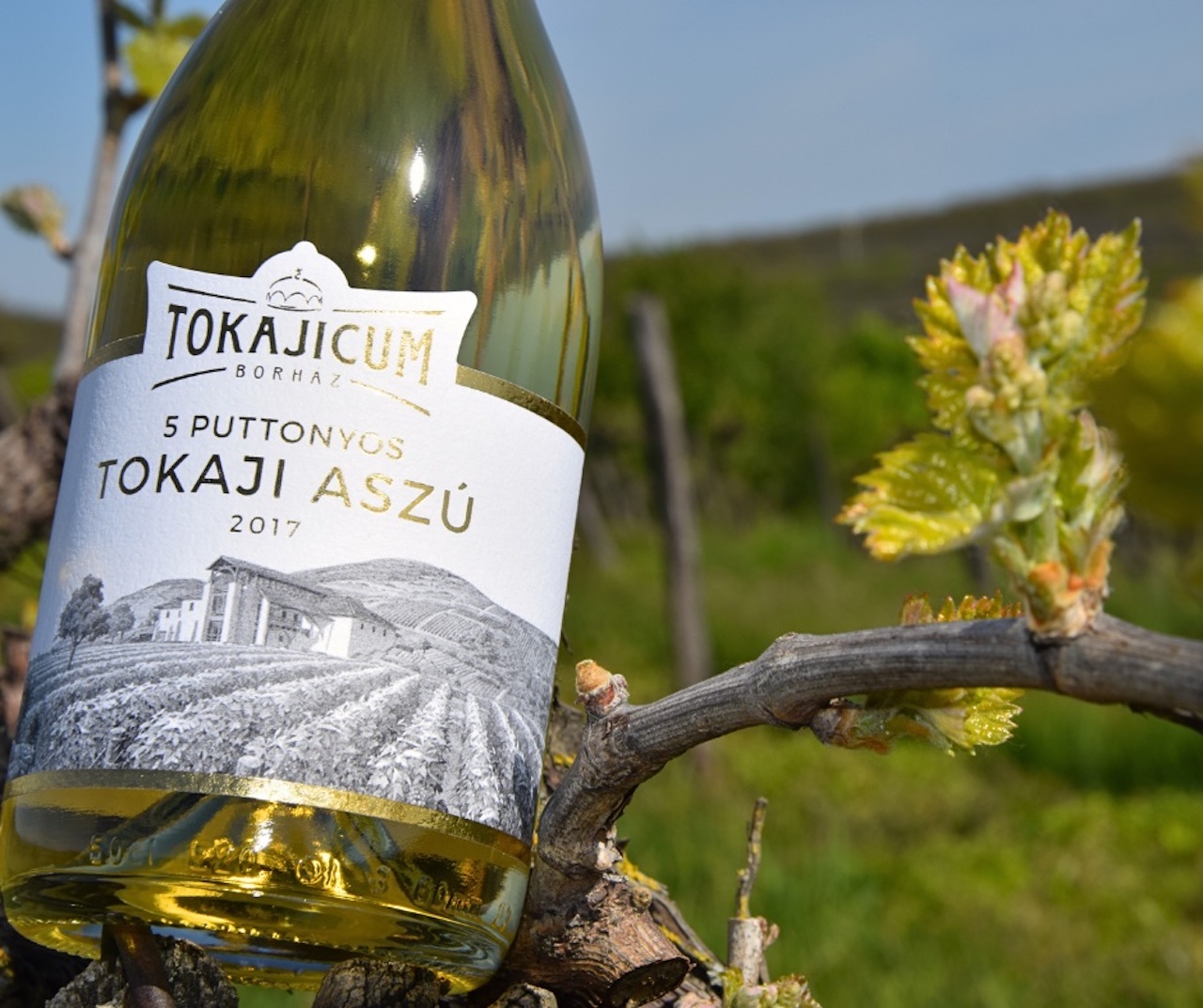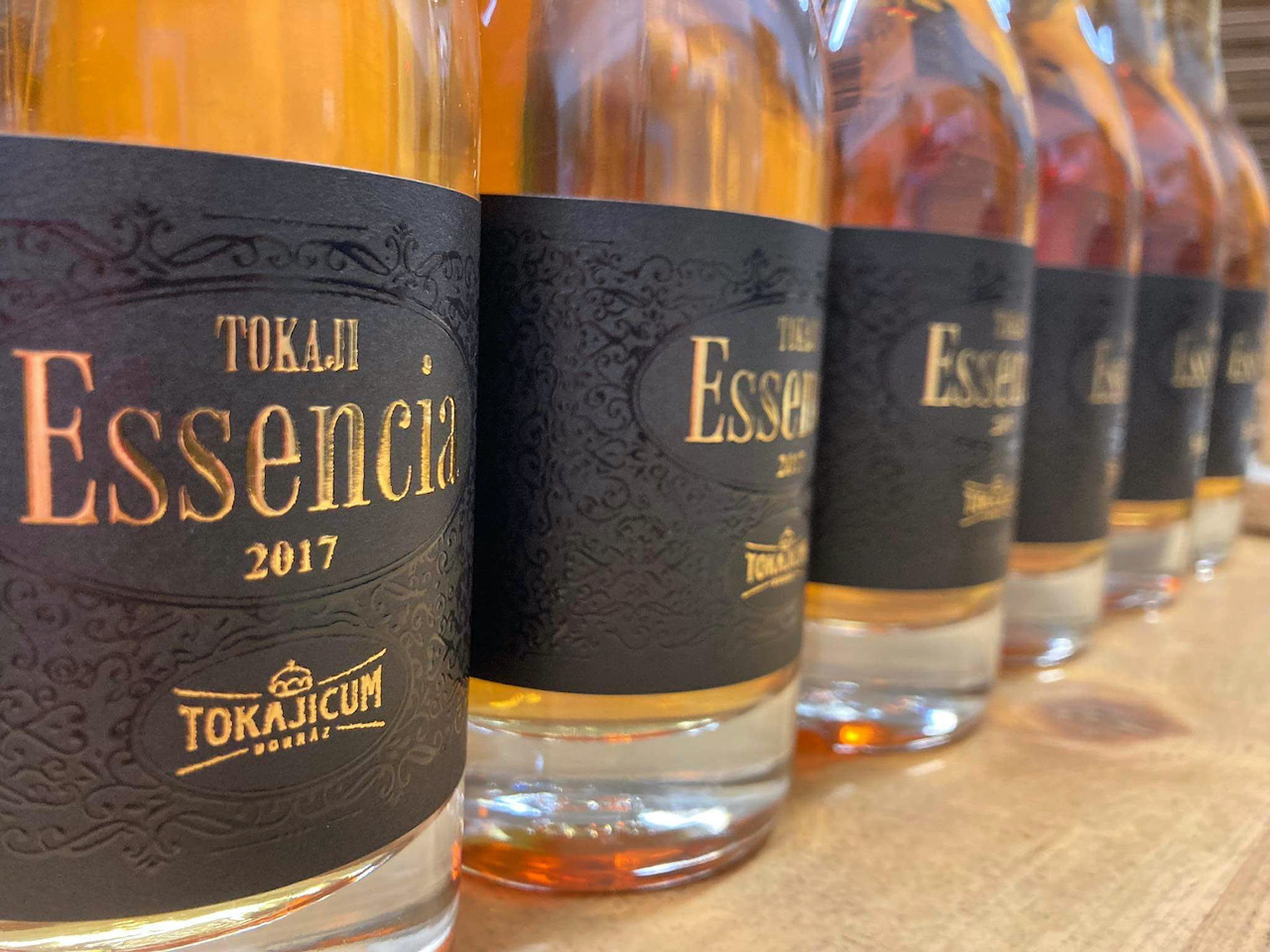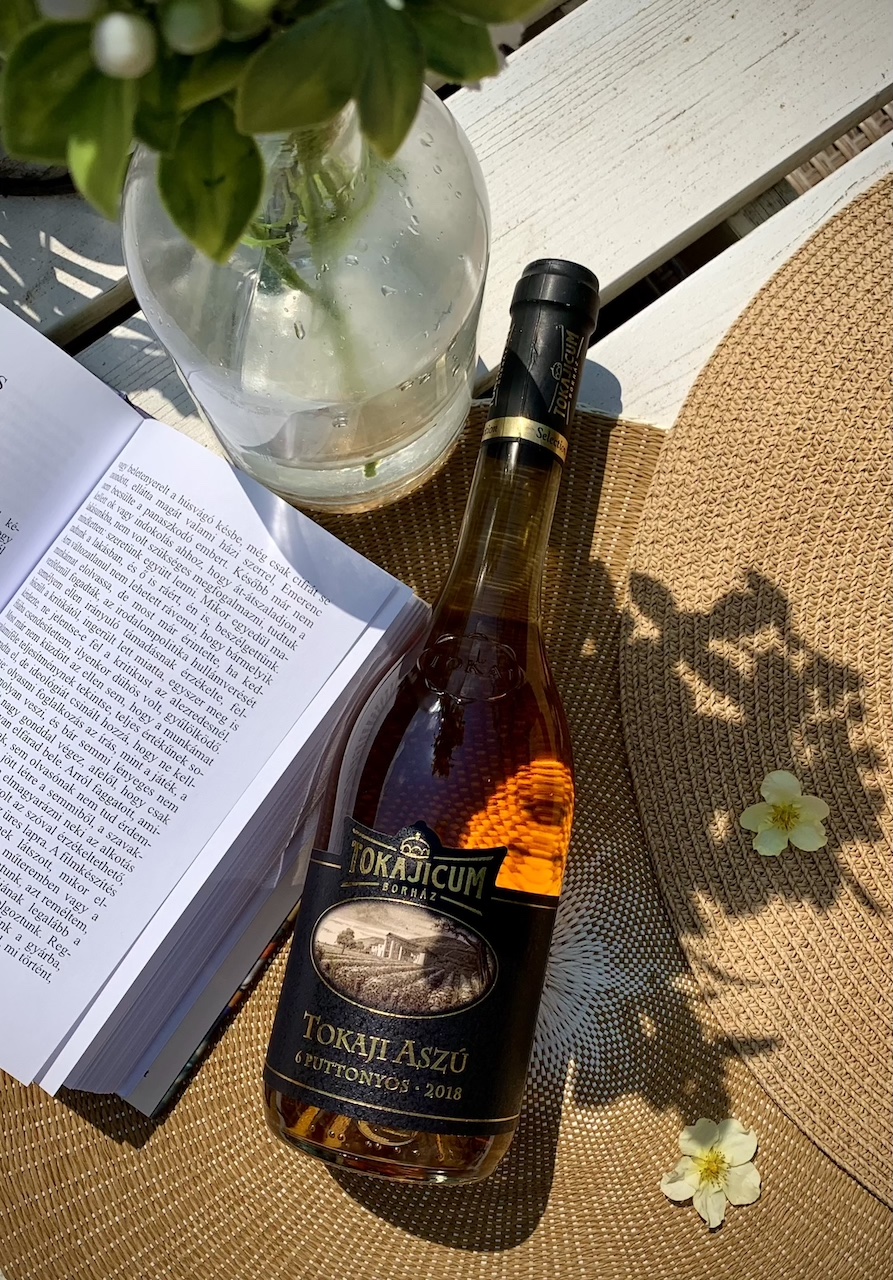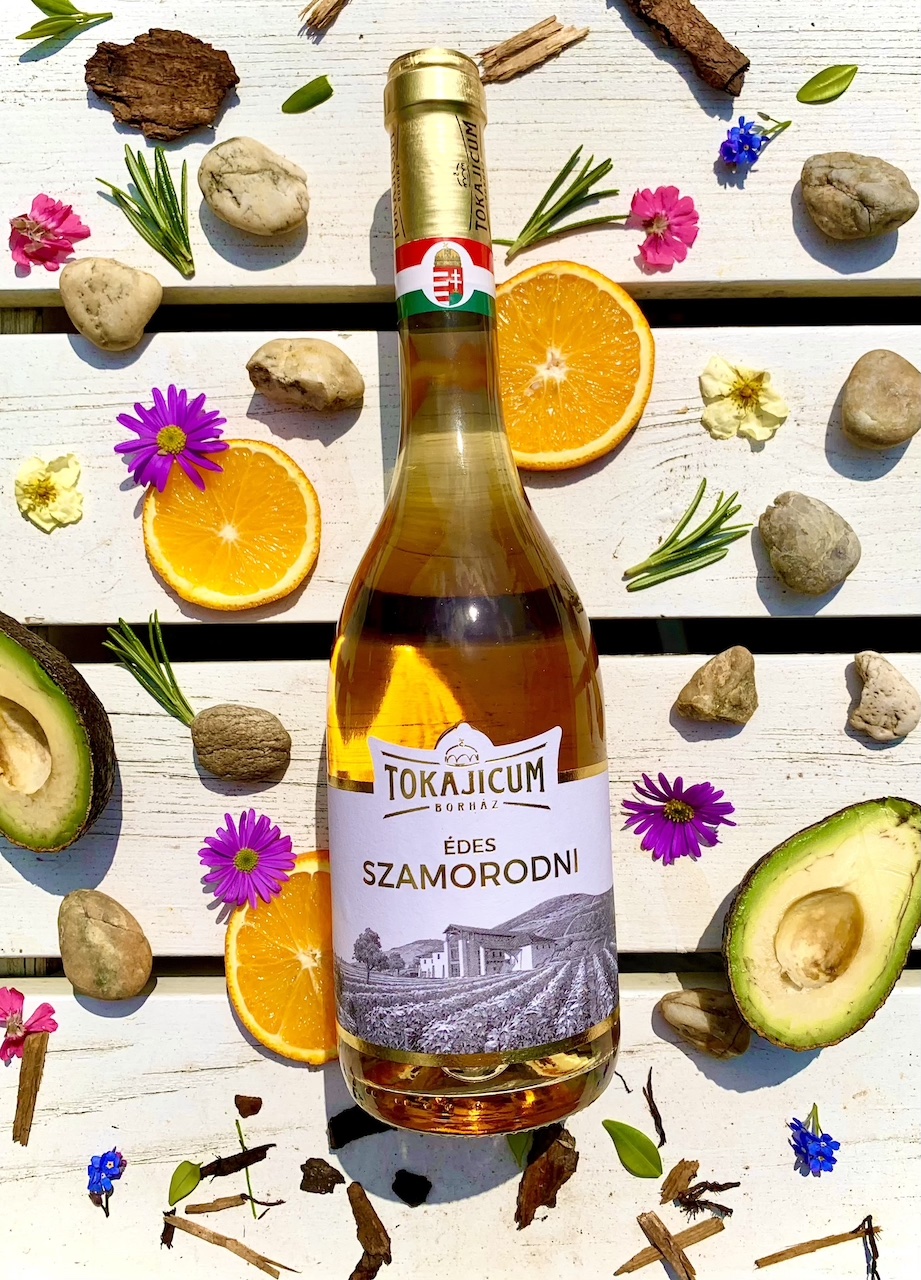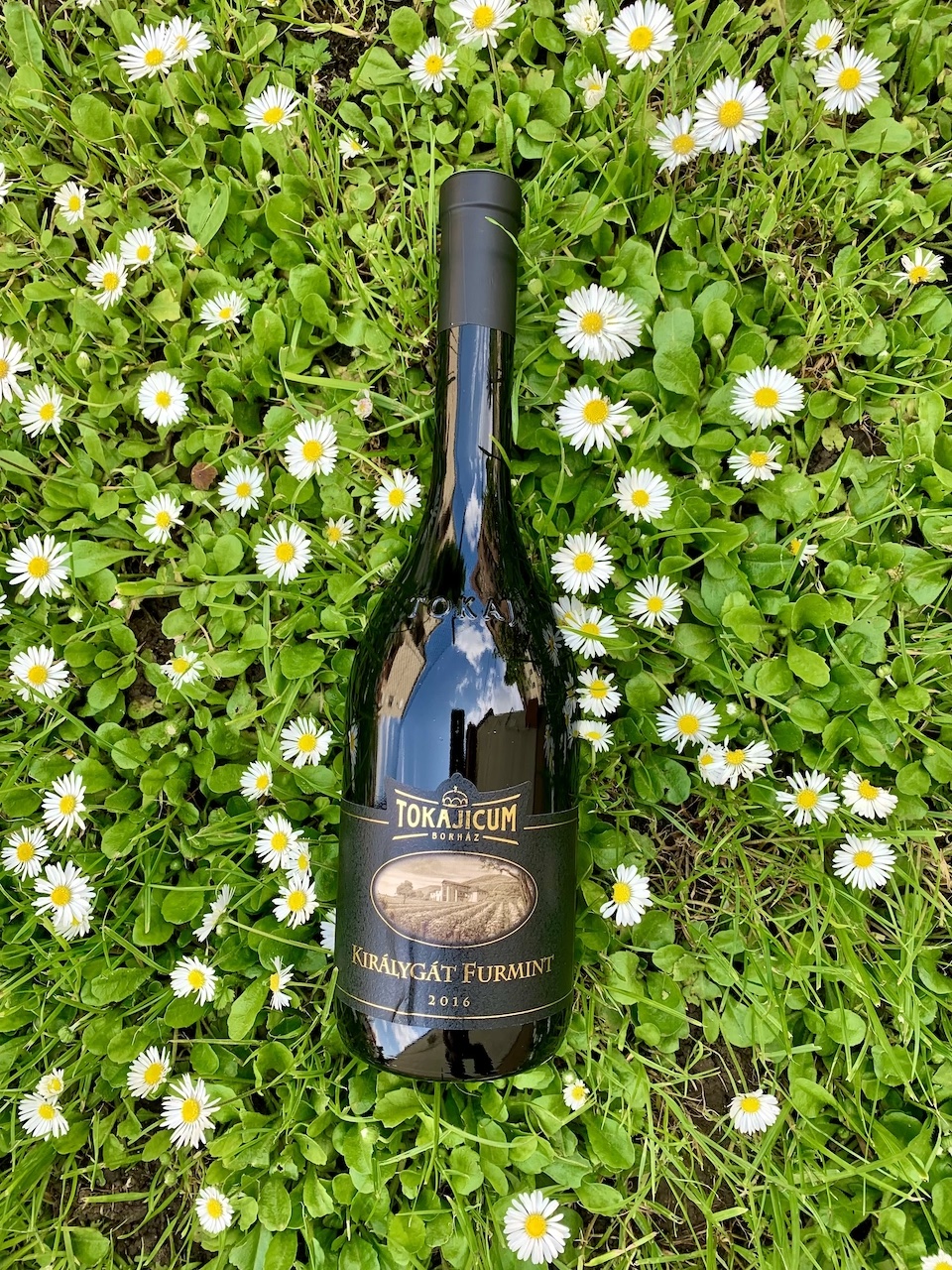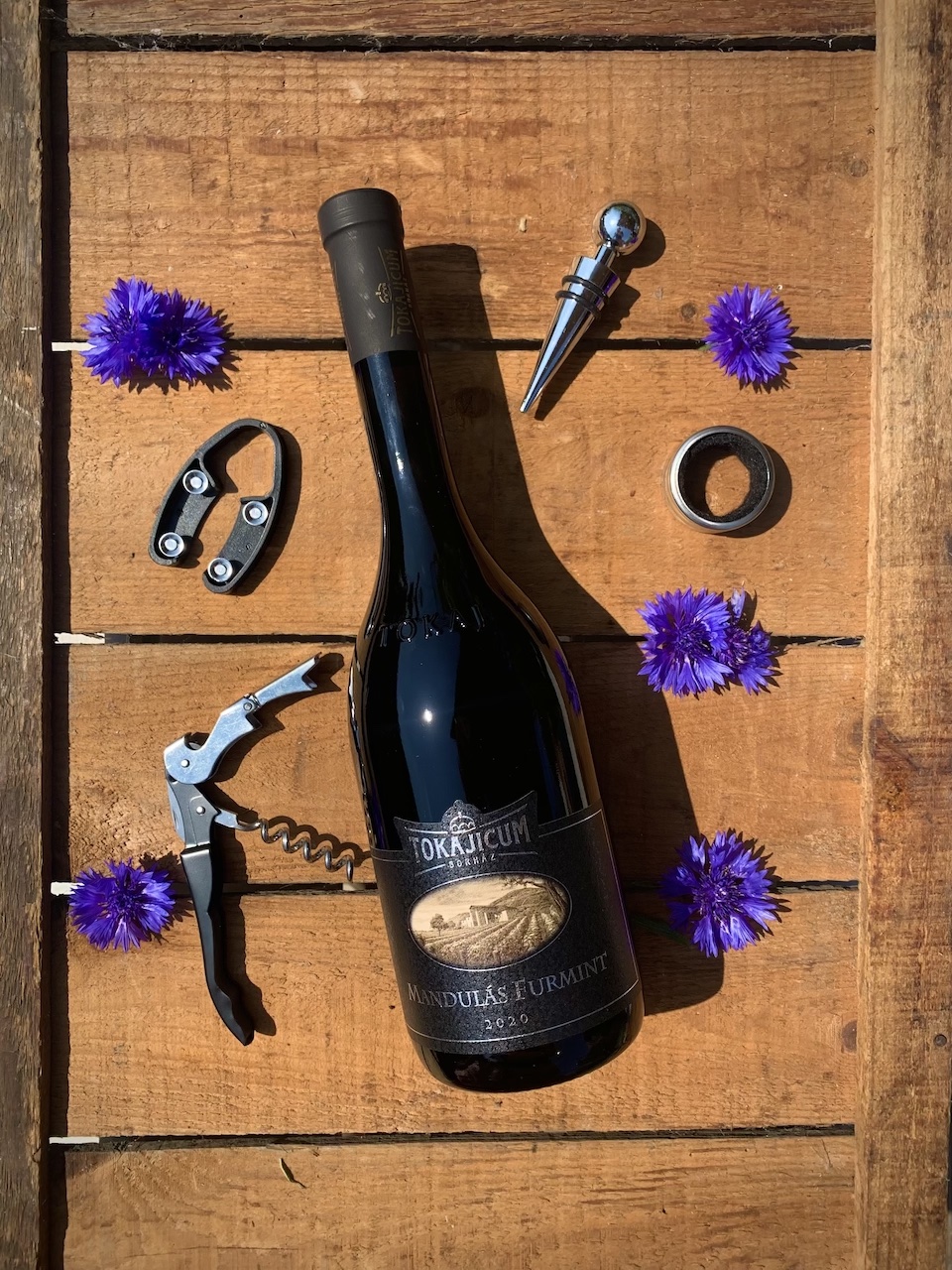
László Butella
I – Butella László Jr. – was 16 when my dad started working in the vineyard!
I always have to say that I have to show the man and I should be humble if someone wants to work in this profession.
I’ve gone through all the steps of this profession, and I feel that it can never be perfect, because it always evolves and needs to be renewed!
My goal is to show the values of Tokaj in the mirror of the best wines, because we have unique values in the world!
Mihály is living in the „Holy Trinity” of the family, the wine and the sport.
He is member of the Hungarian Winemakers National Football Team and visits many sports event with his little doughter.
The estate
The 34-hectare vineyard is located in an unparalleled location. Its panorama is made magnificent by the south-facing extension of the Kopasz Hill in Tokaj, which touches Tarcal. According to archival sources, the estate, which is still surrounded by vineyard, was once the property of the Counts of Andrássy. Their vineyards, without exception are located in first-class, famous historic vineyards. On the border of Tarcal are Perőcz, Czeke, Feketehegy, Királygát, Almond. On the border of Mad the Betsek, Moon Vally, Danczka. On the border of Tállya, the Bojta and in Rátka, on the vineyards of the Moon Vally.
The plantation
Most of the plantations are forty years old or even older. Their main winemaker explicitly clings to the old capitals because they limit themselves to yields and especially because they are sources of high-content, mineral wines. The advantage of the scattered location is that the varied soil and location provide an opportunity to experiment, because the same grape varieties show a completely different face when harvested from vineyards with different characteristics. In most of their areas, they carried out a reconstruction in 2009, which beautified their plantations and regained their old splendor. In 2010 - 2011, they financed new plantings on the Perőcz, Királygát and Holdvölgy vineyards, and in recent years they have planted on the Mandulás and Betsek vineyards. Installations will continue in the future.
They consider the sustainability of plantations to be extremely important so that they can harvest healthy raw materials every year. The goal of their conscious management is to provide their portfolio with ideal grapes.
Traditions
In addition to the basic wines, the most important wine of the region, the Aszú, is made by processing the “living” bunches mixed with the aszú grains together, using century-old technology. Tokaj wines are matured in wooden barrels with cellars covered with noble mold, often placed in cellar labyrinths of several hundred meters. The best quality Tokaj wines are made around Tokaj, Tarcal, Tolcsva, Mád and Tállya. The excellence of Tokaj wine was shaped by the special interaction of the soil and climate of the Hegyalja. This is also evidenced by the fact that many southern hills have experimented with the production of Tokaj grape varieties, they have been treated entirely in the foothills, yet the wines produced there are far behind the foothills, but even their varietal character was completely different.
Soil and climate
The soil and climate in Hegyalja expose the unparalleled ability to transform their grape varieties, and even the varieties imported from abroad from the Hegyalja, there are several explanations for this. According to some, the soil of the Hegyalja trachyt-rhyolite scrap provides better materials for the formation of the grape flavor, while others explained the high sugar content of the Hegyalja grapes, and the fineness of the wine pressed from them with climatic characteristics.
Only hand harvested wines
The traditional way of harvesting has been by hand picking for many centuries. The harvest in the wine regions is full of anticipation, emotional filling, festive atmosphere. In order to ensure the quality of the wine, their winery carries out the picking and collection of plastic crates by hand, they transport them by machine tools, and they take great care to ensure that the crop enters the grape processor undamaged and intact. A special case of crop selection in Tokaj-Hegyalja is the collection of aszú grains. Here, in a single-pass harvest, the fruit is usually picked up in a plastic bucket and a small side dish is hung for the aszú grains. The harvest of aszú grains takes place in several phases, taking into account the quality categories that are product specific. By manually sorting from the capitals, they ensure that they use only the most perfect grapes for their wines. In connection with the harvest, they do not forget the hygiene requirements to guarantee the quality of the wine.
Property bottled wines
They bottle their wines on the estate. Human factors are important to them, in this respect they also carry out the beeswax coating of their Szamorodni wines by hand, and they also put the labels of their Aszú wines by hand, in honor of the centuries-old traditions.

